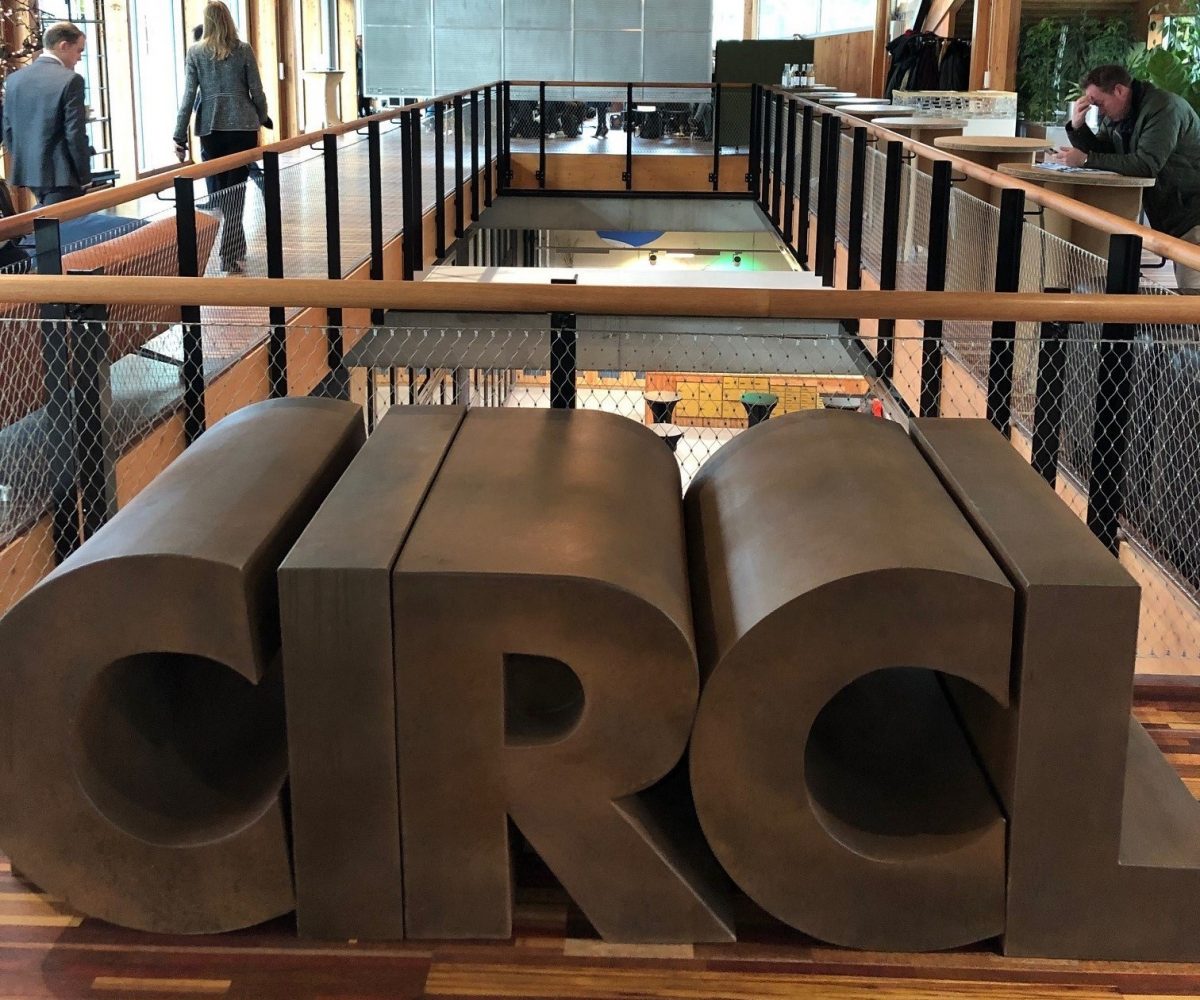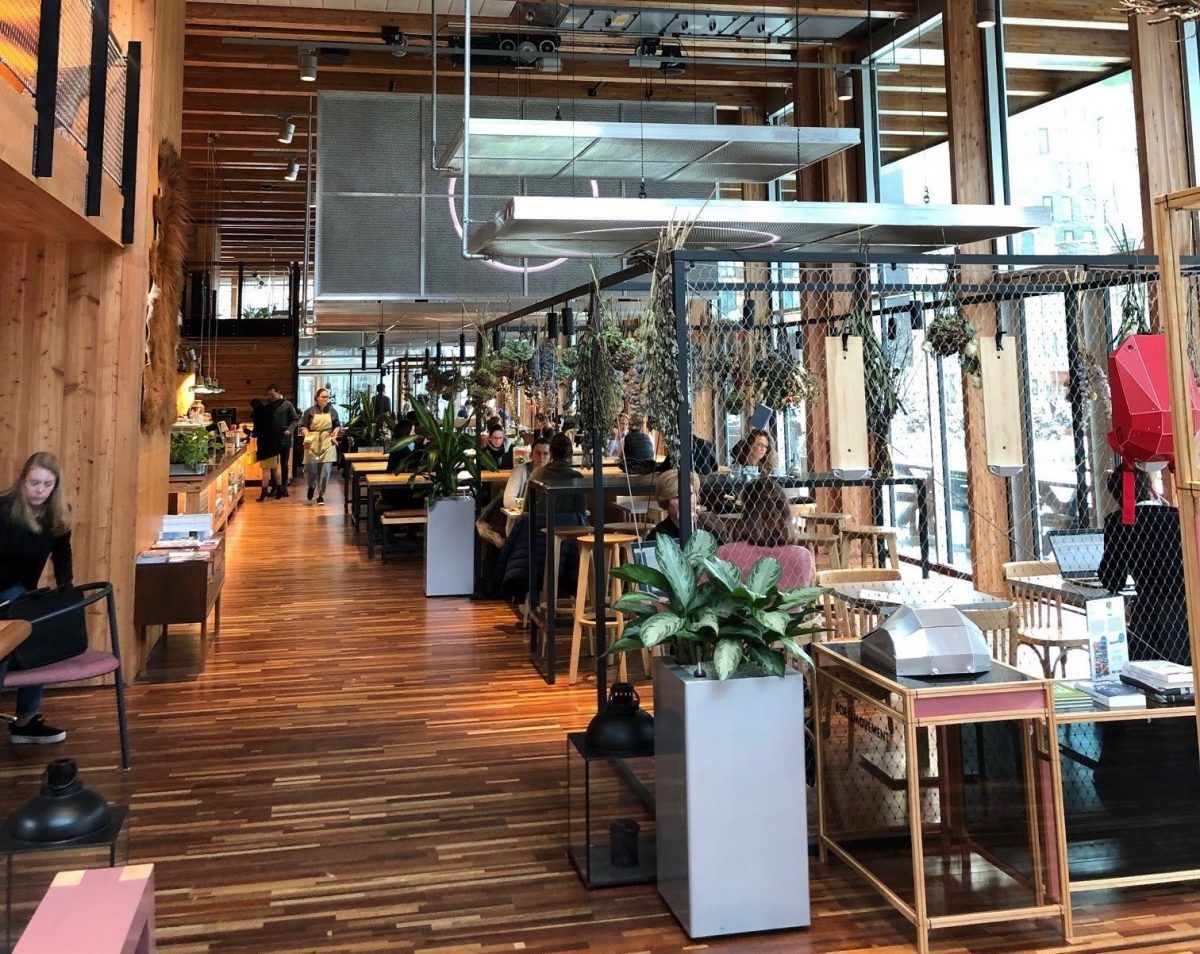I’ve been following the circularity movement for a while now and I was delighted that this was top of the agenda at the ULI’s European Sustainability Council meeting in Amsterdam earlier this month, where I was co-Chair with Mathieu Elshout from PGGM. It’s testament to the power of the circularity movement that it’s now gone mainstream from four years ago when the Council last visited Amsterdam and we saw early circularity initiatives first-hand.
There’s a lot we can learn from the Dutch in terms of making sustainability a key driver within the property lifecycle. The country balances a top-down, bottom-up approach and boasts a progressive regulatory environment. It’s home to early adopters like ABN Amro (thanks to our host Petran Van Heel), AM RE Development (fascinating story of the Bijlmerbajes Prison Redevelopment from Johan Snel) and disruptors like Marjanne Minnesma, who recently won a landmark case to increase the action for reducing greenhouse gas emissions in Netherlands.
The Circl building in Amsterdam, developed by ABN AMRO bank, is a fascinating example of circular design. Much of the building is made with reused or recycled materials; 16,000 pairs of old jeans for ceiling insulation; second-hand window frames; reclaimed office furniture and no paint or false ceiling in sight. Outside the façade is covered in foliage and the landscape is designed to be used as an urban gym accessible to all. And of course the building itself can be easily dismantled and reassembled.
Urban mining was also a key topic during our discussions. This new demolition model presented by a company ‘New Horizon’ means engaging a smart and technologically advanced contractor to ‘harvest’ a site or building for as many materials as possible to be reused in a sustainable manner and as much as possible locally. To quote New Horizon; ‘every building is a donor building’ and I’ve no doubt that we will see more such urban mining collectives in action. We need to work out how to make it a seamless part of the design and development process — some flexibility will need to be built in to test, pilot and store salvaged products. What intrigued me most about the New Horizon presentation is the emergence of new environmentally friendly by-products – this is where the construction sector surely will be heading, I sincerely hope…
What’s needed now is a fundamental shift in mindset of both the wider real estate and construction industry and us as the designers. The design process, building aesthetics and the construction processes need to change and in Netherlands all those are changing already. To view the buildings as permanent, single-use structures designed for 30+ years is an obsolete concept; instead we need to see them as flexible entities that can be easily refurbished, retrofitted or disassembled and stripped for parts every 10 years or so. As designers and architects, we have fascinating times ahead with circularity agenda driving the change.




